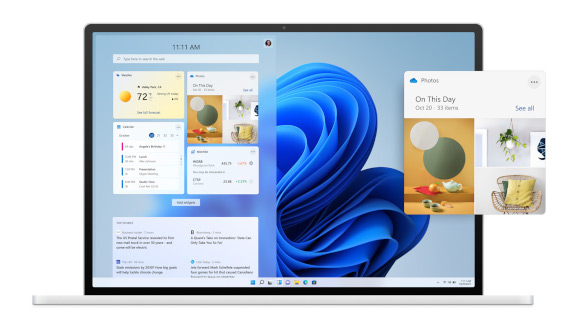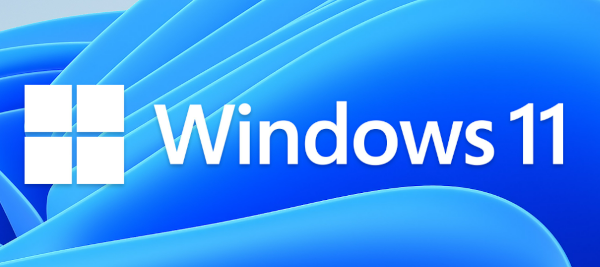Microsoft’s next version of Windows is being rolled out later this year, and businesses are now wondering if the upgrade is right for their needs. This article looks at the changes and helps you weigh up the pros and cons of upgrading.
The new release is still only at the preview stage, the changes we know of currently are:
- a new Start menu.
- a new look a feel to the desktop.
- snap controls allow users to resize and reposition windows on their desktop.
- content personalization tools with its many widgets to choose from.
- Teams integration.
- increased security, through a Zero Trust platform.
- an upgraded app store that makes it easier to browse, install and update applications.
For business, though, the big question is whether the upgrade will benefit the business. The full launch of Windows 11 is due in late 2021 and Microsoft is promising to support the Windows 10 Operating System until October 14, 2025.
The Appeal of the Windows 11 Upgrade

Many advance reviews of Windows 11 focus on the new look of the desktop operating system, but there are also functionality changes to enhance users productivity and security.
Employees today collaborate virtually and are always on the lookout for ways to improve efficiency. Windows 11 aims to help by offering a new taskbar that integrates Teams right into the desktop. This simplifies multitasking and makes it easier for users to jump into a group chat or team meeting. Users can also mute/unmute or start presenting right from the desktop.
With more people working from home, cyberattacks are on the rise. Windows 11 embraces a Zero Trust framework. This validates both user identity and the platform to better safeguard access, making cybersecurity a default rather than an add-on. It offers hardware-based isolation, encryption and malware protection with hybrid work in mind.
Proceed with Caution
The Windows 11 upgraded is purported to be free and with all these improvements should I download and install it as soon as it is available? You will first need to confirm both hardware and software compatibility.
Windows 11 Hardware Compatibility
The Windows 11 requirements include:
- a compatible 64-bit processor;
- a Trusted Platform Module (TPM) 2.0 chip (to help protect encryption keys, user credentials, and data);
- 64 GB or more available storage;
- 4 GB RAM;
- high-definition (720p) display.
Microsoft is releasing a Health Check app to confirm the specs of your system:
https://www.microsoft.com/en-au/windows/windows-11#pchealthcheck
Most computers in use today should satisfy these requirements apart from the TPM chip. The TPM chip increases the security of your device and can be added to computers without it. If you computer doesn’t have TPM 2.0 we don’t recommend adding it to your computer as your system is probably getting on in age and an upgrade will probably be the best solution.
Software Compatibility
The move to Windows 11 could also impact other applications that your business relies on. For example, Microsoft has moved away from Internet Explorer and its ActiveX-based applications, which means employees may be using products and services that will be impacted. So you will need to confirm that all your current applications are compatible.
Summary
Ultimately, Windows 11 has its benefits, yet there are drawbacks to consider, too. Before making an upgrade decision, contact your IT provider. They can check that you have the necessary hardware and that your programs will remain supported.
For more information check out Microsoft’s Windows 11 page here:
https://www.microsoft.com/en-au/windows/windows-11
We can help also with your Windows 11 deployment and offer solutions if you have any issues. Contact us today to discuss your needs and plans.


Pingback: Windows 11 is coming! | DP Computing's Blog